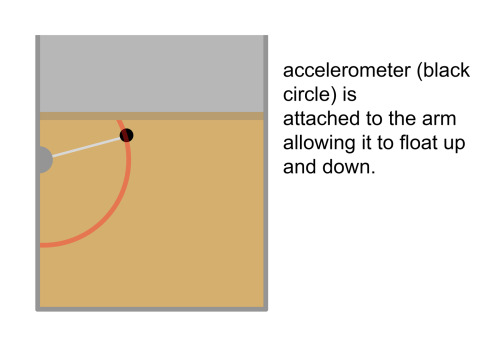Actually its nearly what I suggested above, measuring the change in bouncy, except that you have added the extra complexity of moving parts where liquid could get in and change the mass of the float, you have to account for friction between the rod and the tube making up the stem of the hydrometer and any mass of dried on krausen that sticks to the tube...
You haven't suggested how you will measure the location of the "hydrometer" in relation to the rod and how any change in the total volume of the liquids will be accounted for (yes the volume will change - you cant take our a couple of Kg's as CO2 without something changing) as that will change the reference height from where you zeroed your readings
A more complicated and less accurate way to achieve the same thing - no not a fan of the Rod.
Mark
KISS
You haven't suggested how you will measure the location of the "hydrometer" in relation to the rod and how any change in the total volume of the liquids will be accounted for (yes the volume will change - you cant take our a couple of Kg's as CO2 without something changing) as that will change the reference height from where you zeroed your readings
A more complicated and less accurate way to achieve the same thing - no not a fan of the Rod.
Mark
KISS





